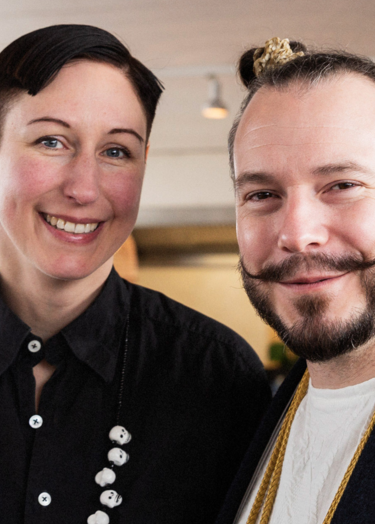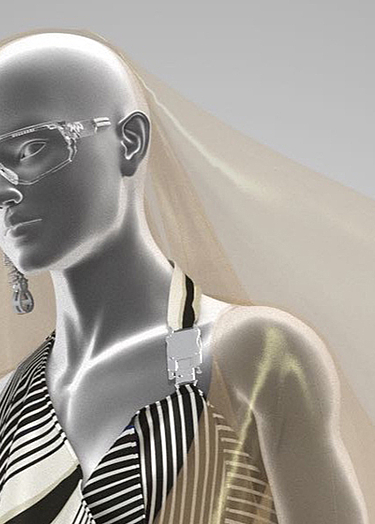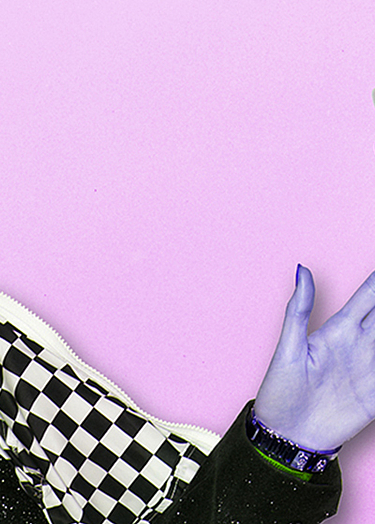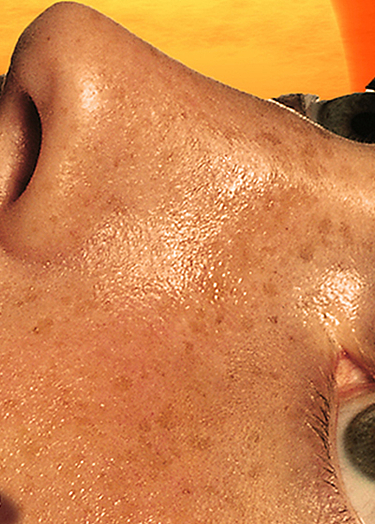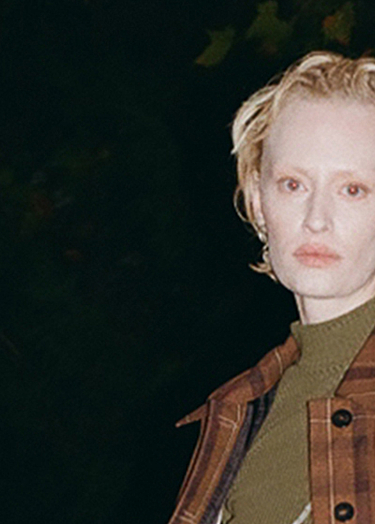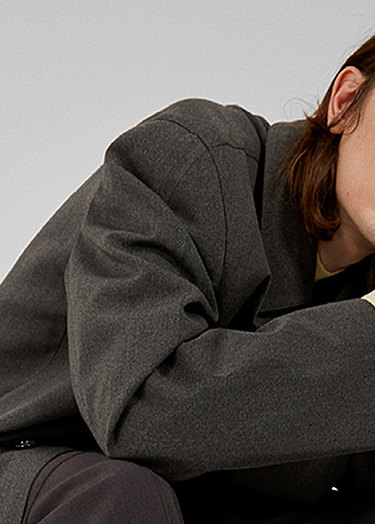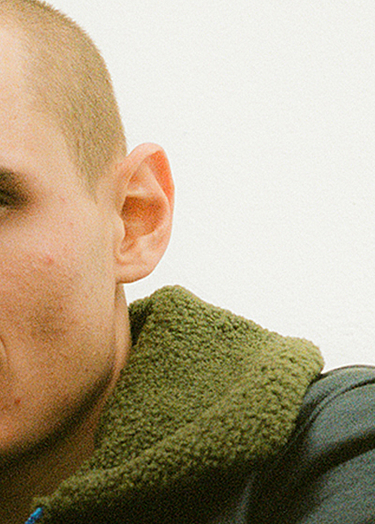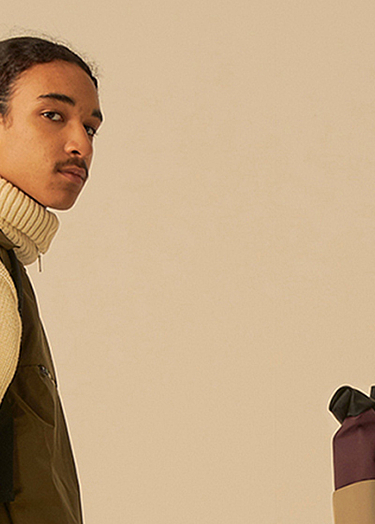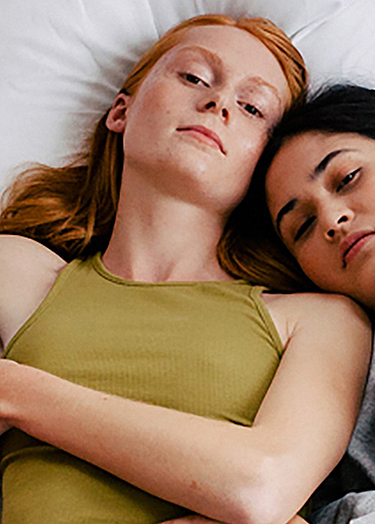202030
TRIPPEN: Staying true to the craft – ingrained sustainability

When Michael Oehler and Angela Spieth moved to Berlin in the early 1980s to gain inspiration for their fashion dreams from the city’s incomparable urban flair, the fashion schools were riding on a wave of intellectualism. “Handicraft? Whatever for?” That was the prevailing view at the fashion schools back then. But some functional knowhow proved to be necessary after all. Thus Michael Oehler, a master shoemaker, got his first position as a visiting professor at the University of Art and Design in Offenbach. And fashion student Angela from Altdorf near Stuttgart also discovered her passion for shoe design and gained experience in the shoe industry in Asia early on. Together, they explore the interplay between fashion and ecology.
One day, on one of their research trips, the craftsman and the budding designer came across a special style of wooden sole from the 70s in a traditional lasts factory. They were easily able to adopt its simple yet highly sophisticated functionality to create decidedly contemporary silhouettes.
This find inspired the two neo-Berliners to make their dream of founding their own shoe label a reality. They called it Trippen, the German word for pattens, which were wooden soles worn under the pointy poulaines of the Middle Ages.
Learning, living and loving shoemaking.
After the fall of the Berlin Wall in 1989, Michael and Angela bought their own machines and started out with a team of returnees from Russia. “We were real integration champions,” says Michael Oehler, recalling those early days. In 2018 they received a distinction from the State of Brandenburg for this achievement. “Shoemaking isn’t a romantic or glamorous line of work,” he continues. “Spending the entire day at the sewing or sanding machine is hard work.”
All the same, in 1998 the Trippen founders started their own production in a former GDR shoe factory in Brandenburg Zehdenick, 60 kilometres outside Berlin. This allowed them to offer their – initially 30, now almost 100 – employees a pleasant, more than fair workplace with leisure facilities.
The personal contact between owners and staff has remained to this day. “I know exactly what special skills each of my employees has,” says Michael Oehler, when describing how the manufacturing processes are carried out by small teams. The main focus is on constantly experimenting with leather treatment and tanning as well as with innovative pattern techniques, besides constantly further developing the Trippen soles.
A bold statement to complement avant-garde designs.
Inspired by the typical soles and also the platform heels of Japanese shoes, which evolved from the centuries-old tradition of combining reduction and function, Michael Oehler and Angela Spieth created their own look. Trippen’s sophisticated undercut sole, which is easy to repair and both super-stylish and timelessly minimal, became something of an overnight sensation with a loyal fan and customer base.
Back then, in the 90s, it was an absolute no-no to wear sneakers to the office or with a suit. Trippen was one of the first brands to provide eye-catching yet comfortable footwear for Belgian and Japanese avant-garde fashion designers. And when Belgian haute couture designer Iris van Herpen sends her highly futuristic 3D collection down the catwalk, needless to say it is accessorised with exclusive, specially developed, hand-glued Trippen shoe sculptures.
In the course of its 30-year history, Trippen has built an impressive customer base that includes true collectors and Hollywood costume designers, even though the shoes are made to last and come with a lifelong repair service.
Happy cows and green dyes.
Michael Oehler doesn’t have much to add with regard to sustainability. The designers’ balancing act between functionality and affordable design is always based on their ecological mindset, which has become ingrained in their products’ DNA. The leather used to make the shoes is sourced from “happy cows” from the French Alps and is tanned in an Italian tannery that uses vegetable dyes. In order to reduce the amount of petroleum products in the soles, Trippen is constantly experimenting with new forms of recycled and partially compostable rubbers – see the “Traces” collection.
And what’s next for the business? In the wake of the current slump in wholesale, Michael Oehler and his current co-designer Claudia Hoess are not ruling out downsizing. But their natural sustainability concept and customisable designs made in their own facilities mean that they are definitely well equipped for the future. During the lockdowns, they launched a Trippen design competition on social media and thoroughly enjoyed realising one of the designs created by a talented fan. // Uta Gruenberger
More information
TRIPPEN

